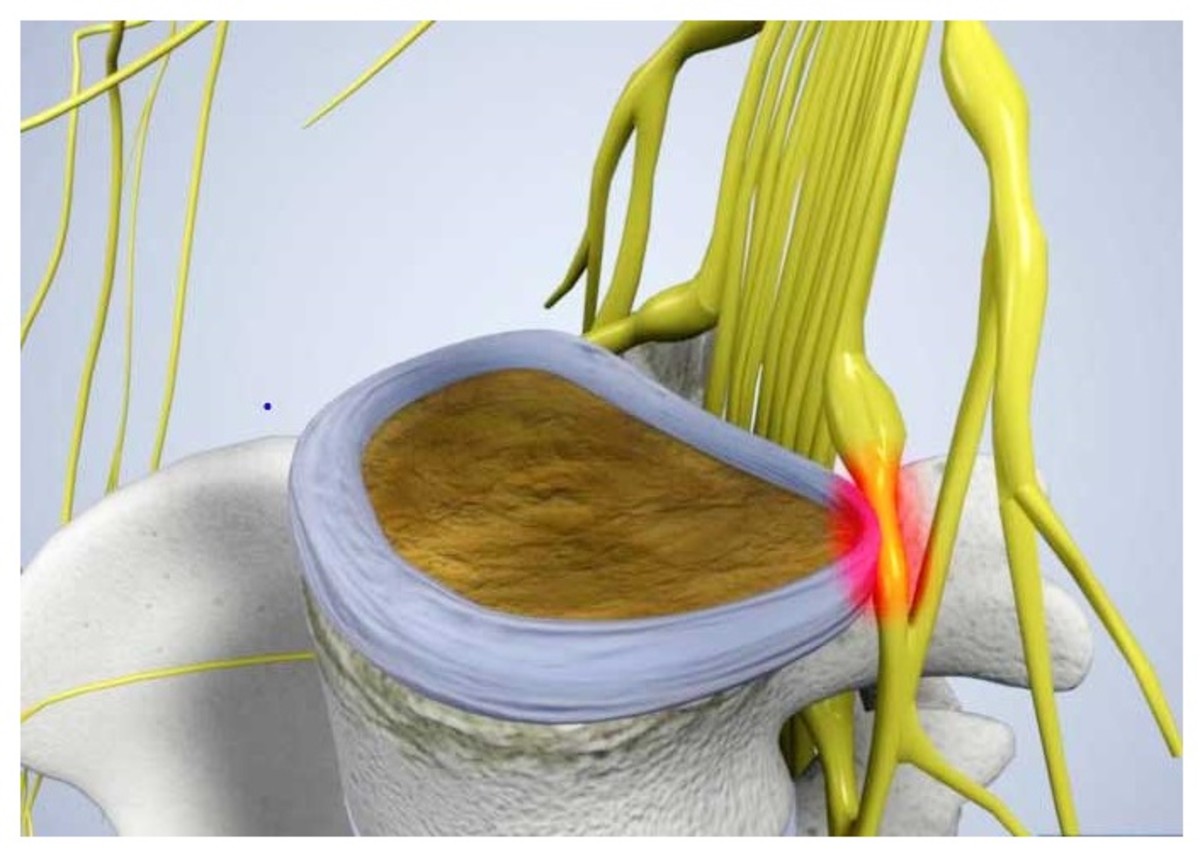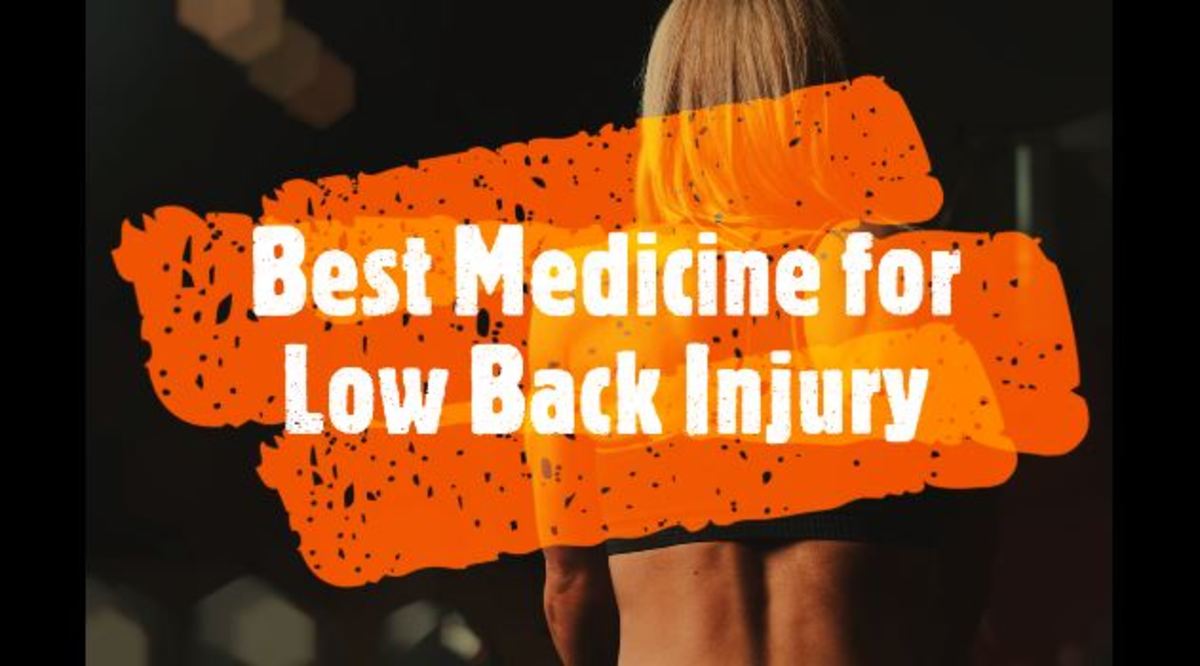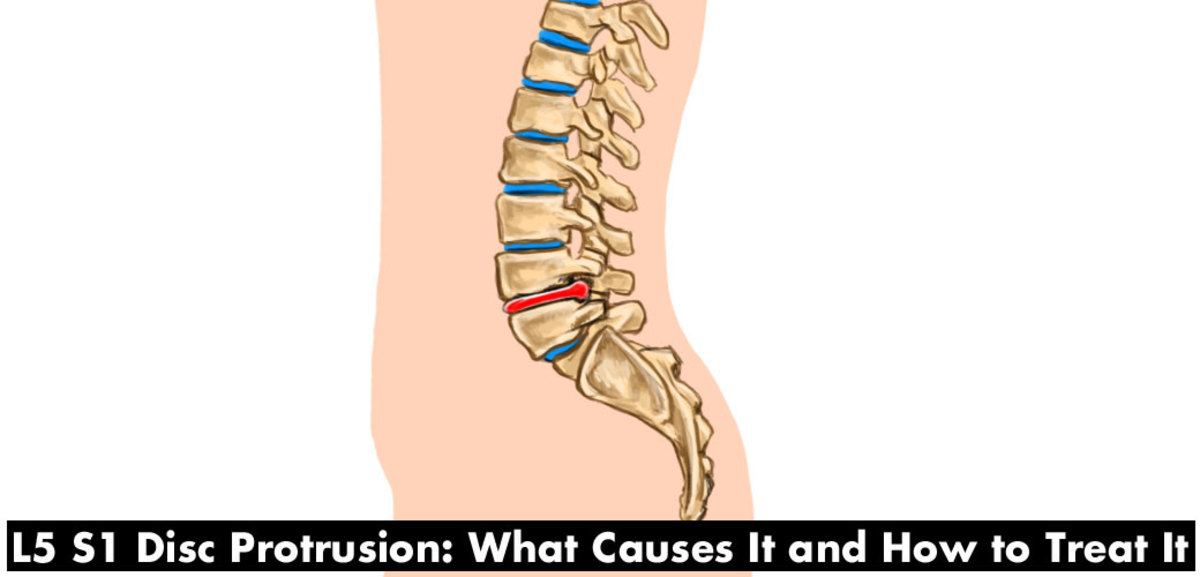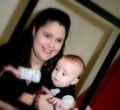Back Pain And Treatment Options
As we begin to get older, our bodies begin to take a beating we were not prepared for. Everything starts changing, and not always for the better. Many people will experience some degree of lower back pain in their lives. Oftentimes it is not always clear what the cause of that back pain may be. Age, stress, and obesity can play a very large role in lower back pain. Other causes of lower back pain may come from strained muscles or ligaments. Below you will find a list possible causes for back pain.
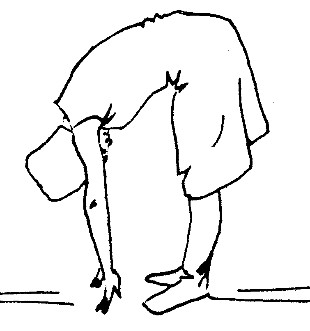
What Causes Your Back Pain?
1. Spinal Arthritis Is an inflammation of the facet joints between the vertebrae, which can cause stiffness of the joints and severe pain. You may also have discomfort, tenderness, or numbness in the neck.
2. Sciatica Nerve Sciatica is inflammation of the sciatica nerve, which starts in the lower spine and goes down the back of the legs. Pressure on the nerve causes a sharp pain that can be felt in the butt and may extend to your thigh, knee, or even your foot. The pain is sometimes described similar to an electric shock. This is an obvious sign of a pinched sciatic nerve, which is being constricted by bones, cartilage, or muscles.
3. A Herniated Disc This develops when material of the disc pushes through its other membrane into the spinal canal. When a herniated disc bulges out from between the vertebrae, the spinal nerves and spinal cord can become pinched. The shocks go down your arms when the compression is in the neck area, when the compression is in the low back area, the shocks go down your legs. Muscle weakness, tingling, and numbness are other syptoms.
4. A Degenerative Disc This happens when the disc gradually wears down, and thins out with age. The disc space can cause a lot of inflammation, and inflammation in the disc space can lead to low back pain radiating to the hips. The associated pain can also travel down the back of the legs. Not all people will manifest changes in their discs.
5. Bulging Discs This happens when a disc deviates out of its normal radius, extending beyond the edge of the vertebrae. In the lower back, the damaged disc can cause pain to travel to the hips, buttocks, legs, and feet. In the upper back, the pain would radiate from the neck down the arm and to the fingers.
6. Spinal Stenosis Is a narrowing of the spinal canal, generally as a result of bone spurs or joints becoming enlarged. Compressed nerves in your lower spine can cause pain or cramping in your legs when you stand for long periods of time or when you walk. The discomfort usually alleviates when you bend forward or sit down.
7. Osteoporosis This is a progressive disease of bone loss. In the spine this can lead to compression fractures. There are no symptoms in the early stages of Osteoporosis. Bone pain, tenderness, fractures, loss of height, and low back pain can occur in the later stages of the disease.
8. Bone Spurs This is an age related deterioration of the vertebrae when the body builds more bone. Oftentimes, bone spurs aren't painful, although they can rub against nearby nerves and bones, causing extreme pain.
9. Spondylolisthesis This is a slippage of one vertebra to another, causing pressure on the spinal nerves. Spondylolisthesis is a narrowing of the spinal canal. This can cause deformity when it gets worse.
It can be very difficult to diagnose and treat lower back problems. However, there are some common treatments for lower back pain. Only you and your doctor can decide on those treatment options.
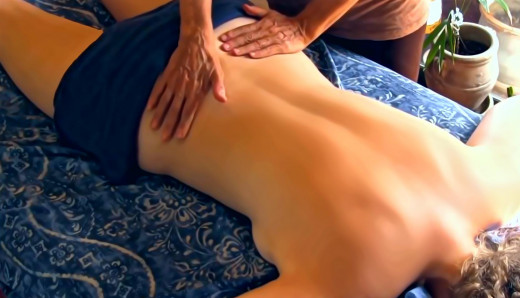
Self Help Tips
- Wear good shoes, not high heels, or sandals, this can make a huge difference in posture. Purchasing a good pair of shoes will be well worth what you spend.
- Focus when you bend. Bend at your knees, not at your waist when lifting. This makes a big difference and will save you a serious back injury.
- Do not lift when your back hurts. This will only aggravate it more. Rest if your back hurts. rest is the best medicine.
- Do not over do it after taking pain medication. Give yourself time to heal before taking more. Medication will only mask your pain, you do not want to risk taking more than you should.
- Put a pillow under your knees or lie on your side with your knees bent. This will take pressure off your lower back.
- Do not sit in one place for to long. Get up and stretch, walk around, move your arms and legs. Sitting for long periods of time?will strain your lower back.
Treatment Options
Acupuncture- The needles are used to stimulate the nerve fibers that transmit signals to the spinal cord and the brain, with the goal making you feel less pain.
Chiropractor- By manipulating the spine, you will be surprised the improvements that can be made in just one month or two. Manipulation is not a cure, but can make some back injuries feel better.
Medication- Most often anti-inflammatory medications will be prescribed. Medications such as Aleve, Advil, Celebrex and Tylenol are also used to treat acute symptoms as well as chronic pain. Stronger medications like Morphine and Vicodin are given if the pain is unmanageable. Muscle relaxers such as, Flexeril, Valium, and Soma are often prescribed for muscle spasms and extreme pain.
Injections- A Neurologist will inject steroids into the joints around the spine to reduce inflammation and relieve pain. Injection therapy is one of the most effective treatment options. The treatments are usually set up in four appointments.
Surgery- This is used as a last resort approach. Surgery oftentimes only brings short term benefits. And on many occasions makes an injury worse than it was before.
Back Basics
Do Your Research
Finding out what is causing you back pain can be one tool to finding the right treatment options. I am not doctor, I am not offering medical advice. I have in my experiences with loved ones and friends with severe to minimial back pain discovered many causes for their back pain and treatment options that worked for them.
Learn More About Back Problems
- Heal your back problems without surgery
What to do when you have back problems but don't want surgery. Who to call,and how to recognize symptoms associated with back issues that you may be attributing to something else. Learn how to get on with life and stop hurting. - Endoscopic Spine Surgery: Treating Back Problems
It is forecasted that 80% of people are going to experience upper back pain at some stage in their existence. In many instances, indications are going to disappear around 6-8 weeks regardless of whether or not the man or woman considers professional - The Spine and Lower Back Pain
A detailed but user friendly explanation of the spinal mechanics and muscular imbalances associated with back pain.

